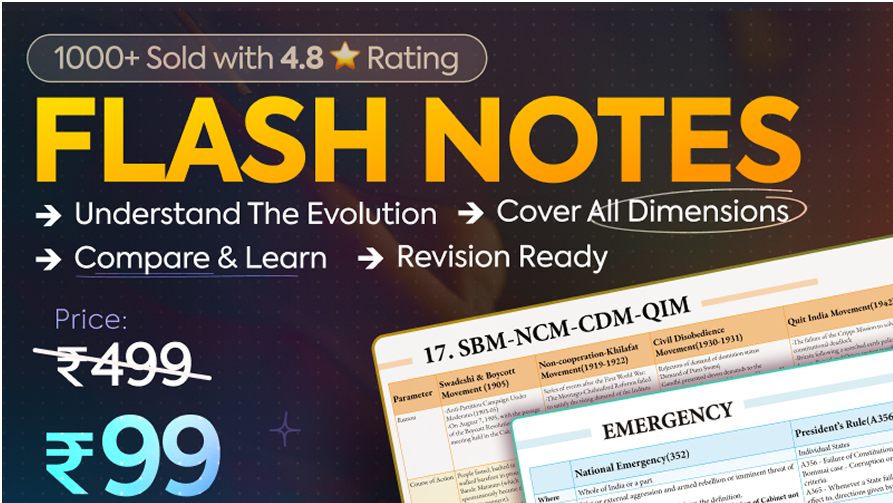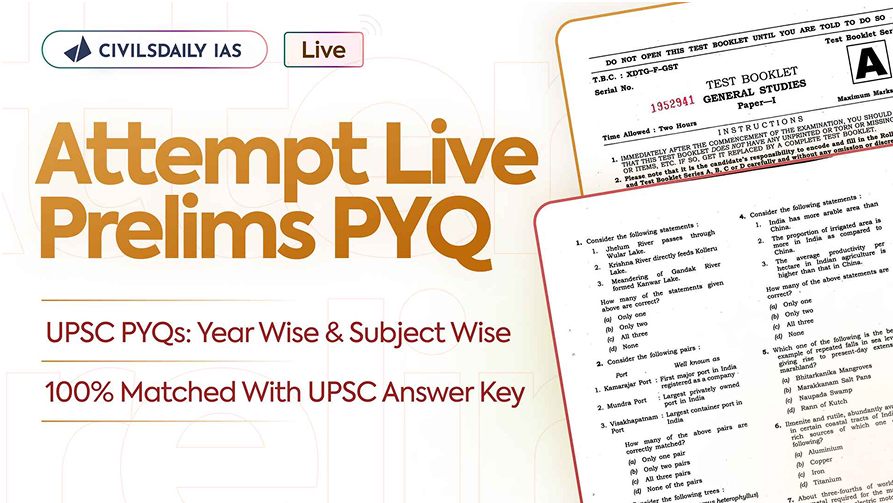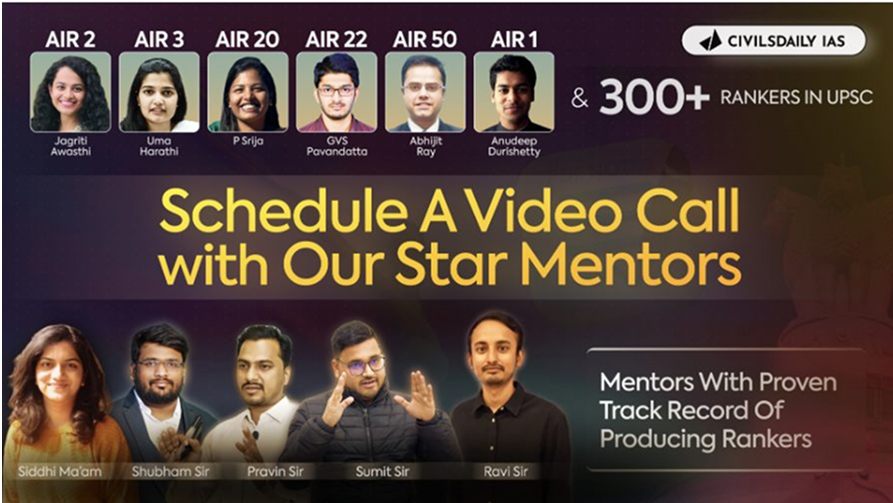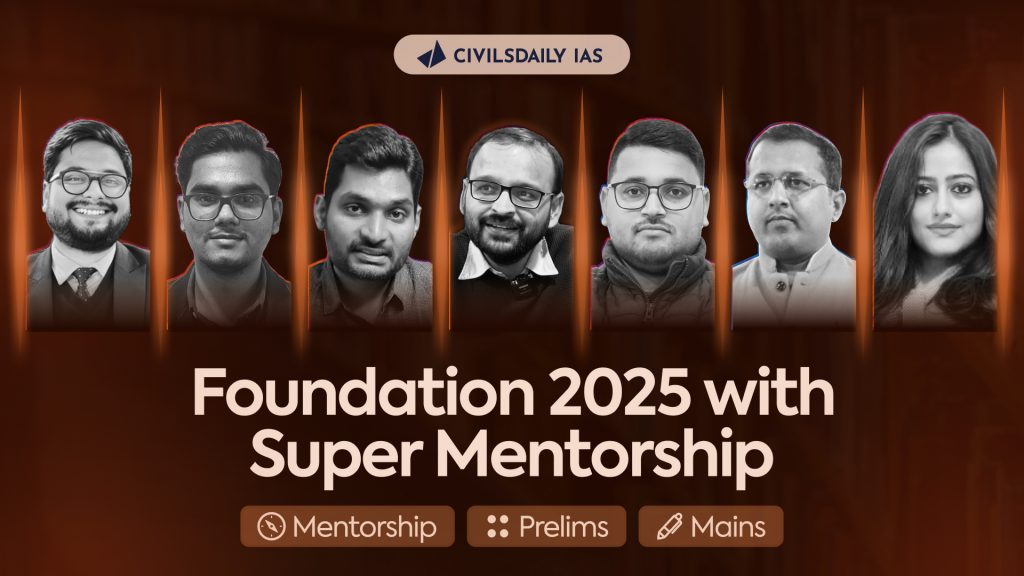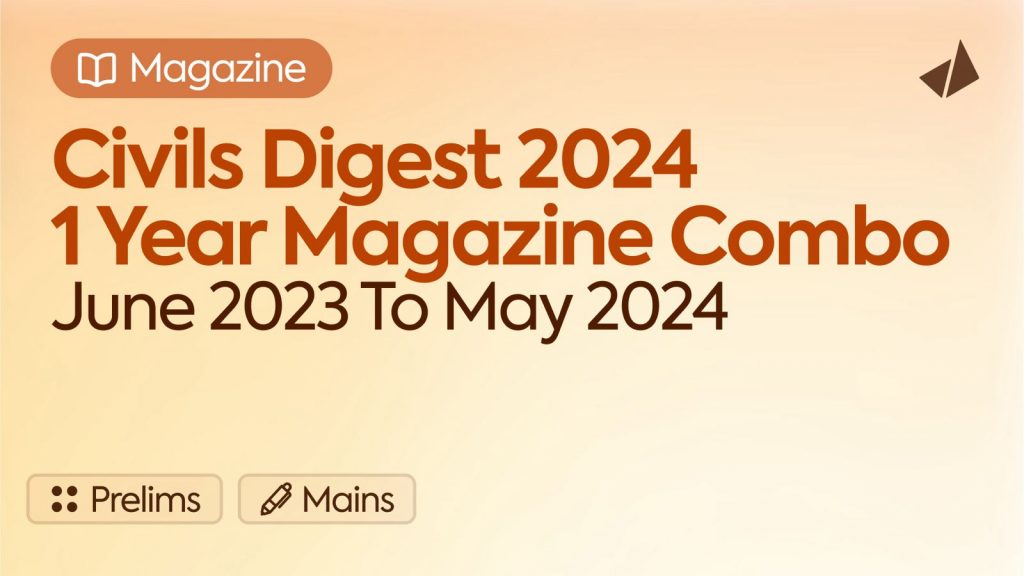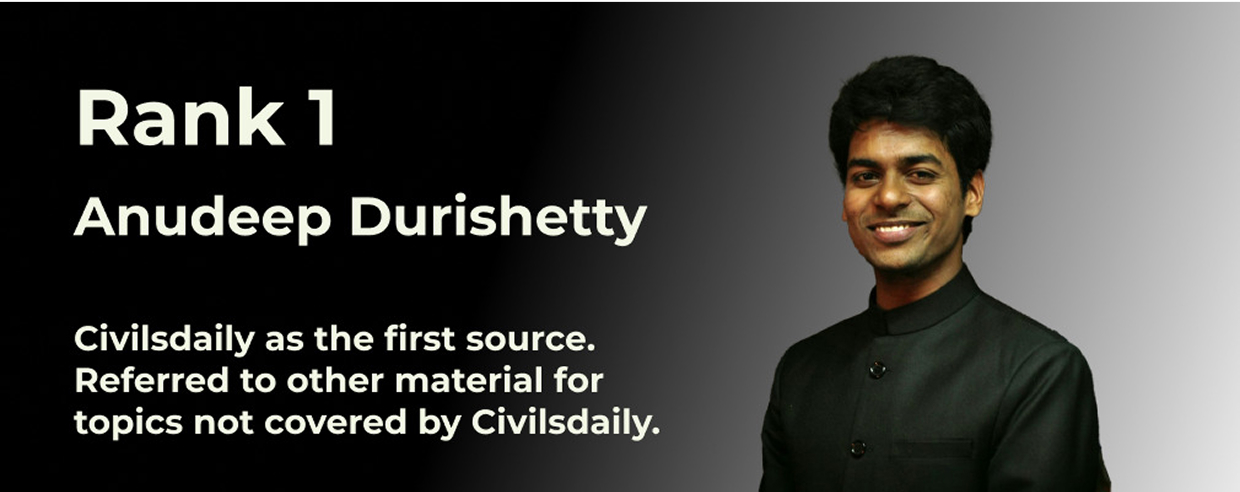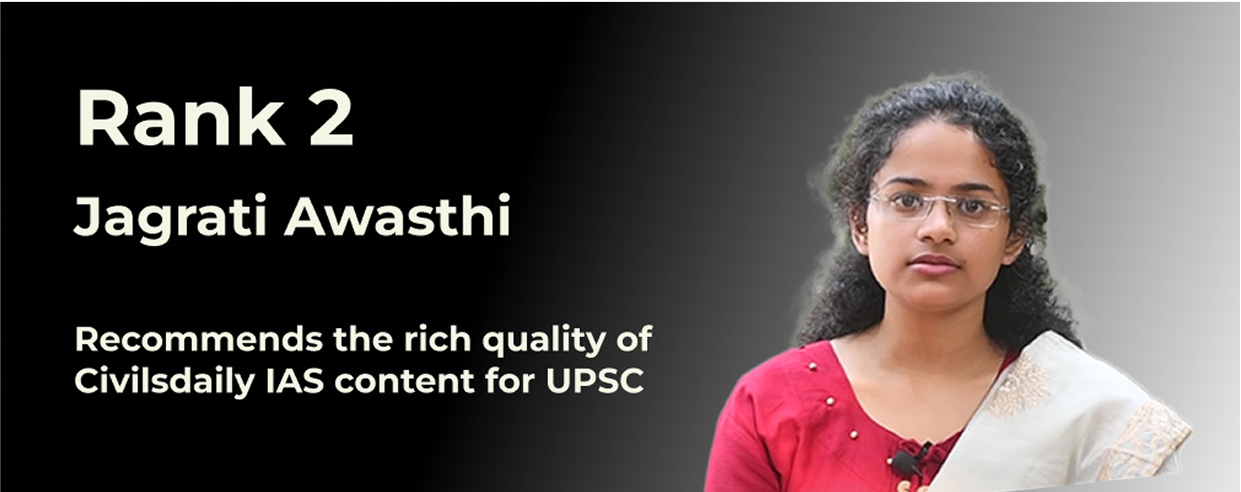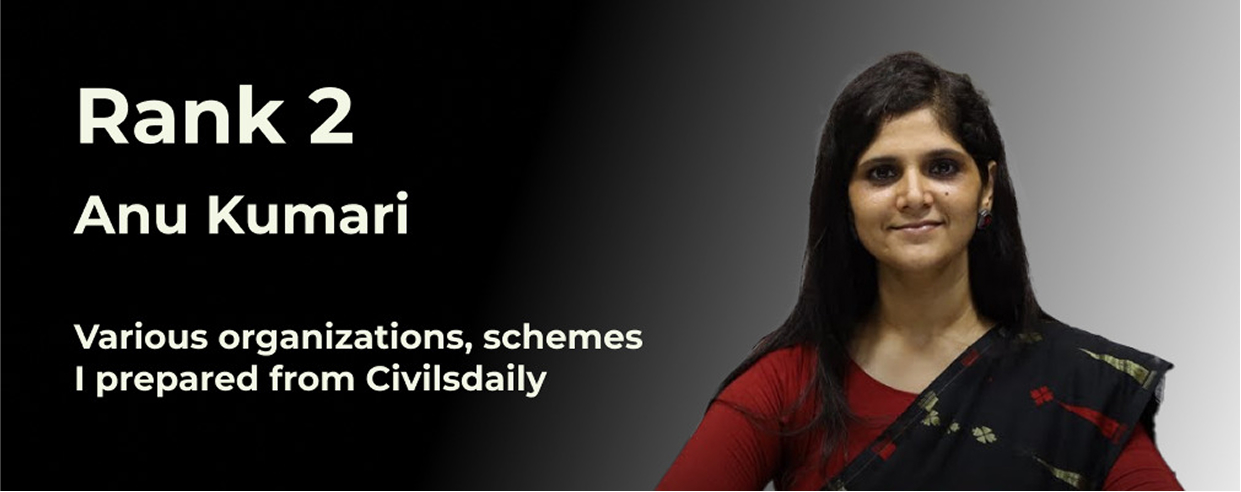22nd September
Theory of Separation of Powers and its Major objectives
It is established in documents that dogma of separation of powers considers the idea that the governmental functions…
e-governance- Applications, Models, Successes, Limitations, and Potential
Concept of e-Governance and its advantages Interactions between main groups in e-governance, Action plan for India Applications of e-governance,…
e-governance: Models, Successes and Opportunities
Recognizing that e-Governance is playing an increasingly important role in modern governance, various agencies of the Government and…
Challenges to e-governance and requirements for successful implementation
There are many challenges in implementing E-governance model in India as well as at global scale. The actual…
Applications of e-governance, Essentials for achievement
E-Governance is the use of information and communication technologies to support good governance. It has the following main…
Interactions between main groups in e-governance, Action plan for India
E-Governance implemented by the government of India allows for government transparency. Government transparency is significant because it allows…
Concept of e-Governance and its advantages
In the arena of advanced technology, e-government has distinct place and it facilitates to huge number of customers…
21st September
Monetary Policy Agreement in India
Monetary Policy Agreement What is Monetary Policy Agreement? In 2015 The Government of India and Reserve Bank of…
Monetary Policy tools and Money Supply in India
RBI Tools for Controlling Credit/Money Supply Broadly speaking, there are two types of methods of controlling credit. Bank…
Monetary Policy in India: Inflation, deflation, Recessionary and Inflationary Scenarios
How Monetary Policy Works The Inflation The Deflation How RBI Controls Recession The Recessionary Scenario The Relationship between…
Central Banking in India: Functions of RBI
Central Banking in India Key Facts: In the monetary system of all countries, the central bank occupies a…
Monetary Economics: Barter System, Definition, Function and Evolution of Money
The Barter System Money as a medium of exchange was not used in the early history of mankind….
Citizen’s Charter: Importance, Objective, Features, Problems faced in implementation, Guidelines
In any nation, there is a need of good governance for sustainable development, both economic and social. The…
The Cost of Inflation
The Cost of Inflation The inflation is considered to be bad for an economy mainly because it destroys…
Types of Inflation: Demand Pull, Cost Push, Stagflation, Structural Inflation, Deflation and Disinflation
This is a key topic for UPSC aspirants, as understanding the types of inflation in India is essential…
Inflation in India: CPI, WPI, GDP Deflator, Inflation Rate
Inflation in India Understanding Inflation Back to Basics: In 1947, when India got independence, the Indian economy was…
Salient features of the Representation of People’s Act
Prominent features of the Representation of People’s Act Qualifications for MPs & MLAs mentioned in RPA, 1951, Election…
Electoral reform decisions by Supreme Court
The following Supreme Court judgments were directed towards bringing electoral reforms: 1. Persons in Custody to be debarred…
Model Code of Conduct: Evolution, Enforcement, Effects, Legal Status
Free and fair elections form the bedrock of democracy. This envisages a level playing field for the contestants…
Administrative machinery for the conduct of elections in India
Part IV provide for delegation of functions of Election Commission i.e. the functions of the Election Commission under…
Join the Community
Join us across Social Media platforms.


![[UPSC Webinar] By Aaditya Pandey, IAS | Learn to Make ‘One-Pager’ Notes for UPSC 2026 | Create PYQ-Based Notes Using Microthemes | Join on 13th December at 8 PM](https://d18x2uyjeekruj.cloudfront.net/wp-content/uploads/2024/12/Aaditya-Pandey-Thumb-1568x882.jpg)
![[UPSC Interview Masterclass] By Saket Sir, Lead, Interview Programme | Craft the Perfect UPSC DAF 2 for 2024 | Score 200+ in the UPSC Interview | Join on 12th December at 7 PM](https://d18x2uyjeekruj.cloudfront.net/wp-content/uploads/2024/12/Saket-Thumb___m-1568x882.jpg)
